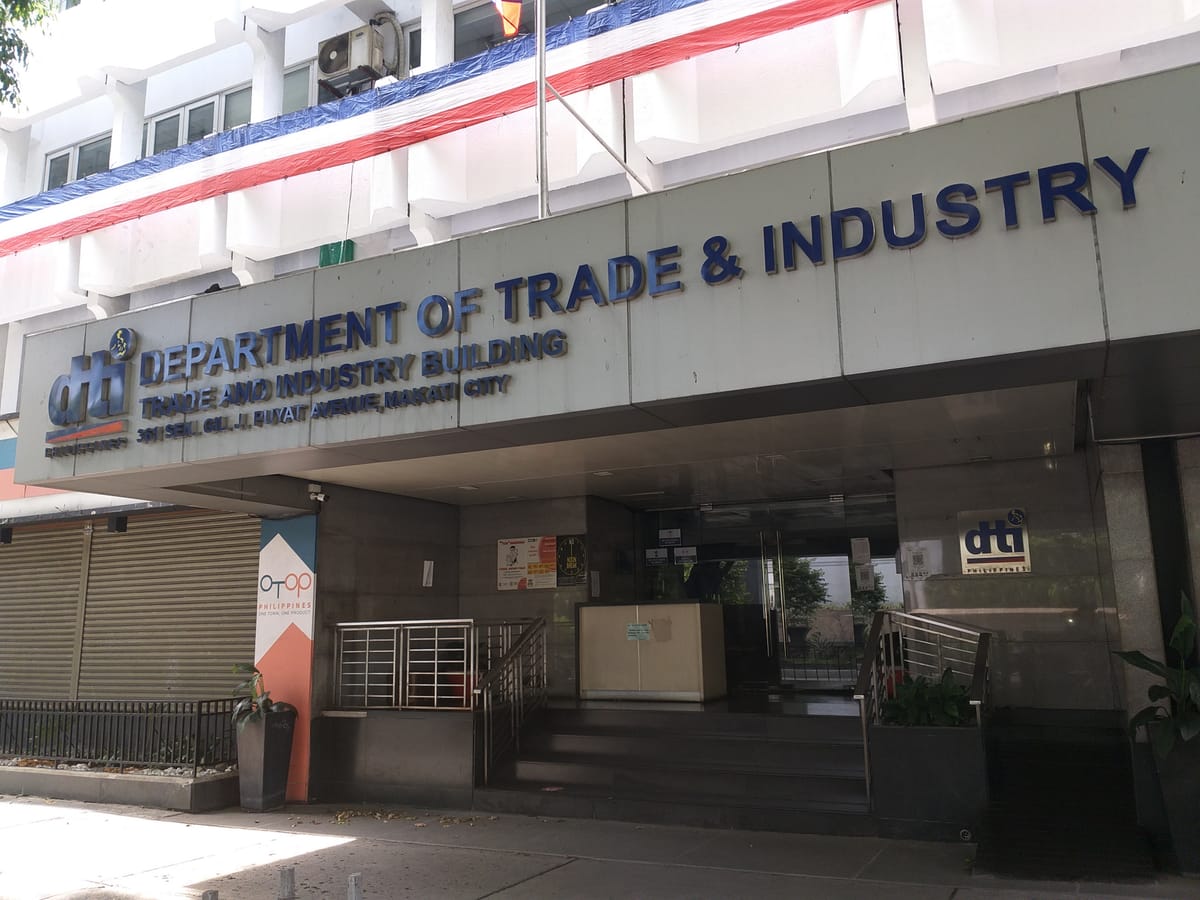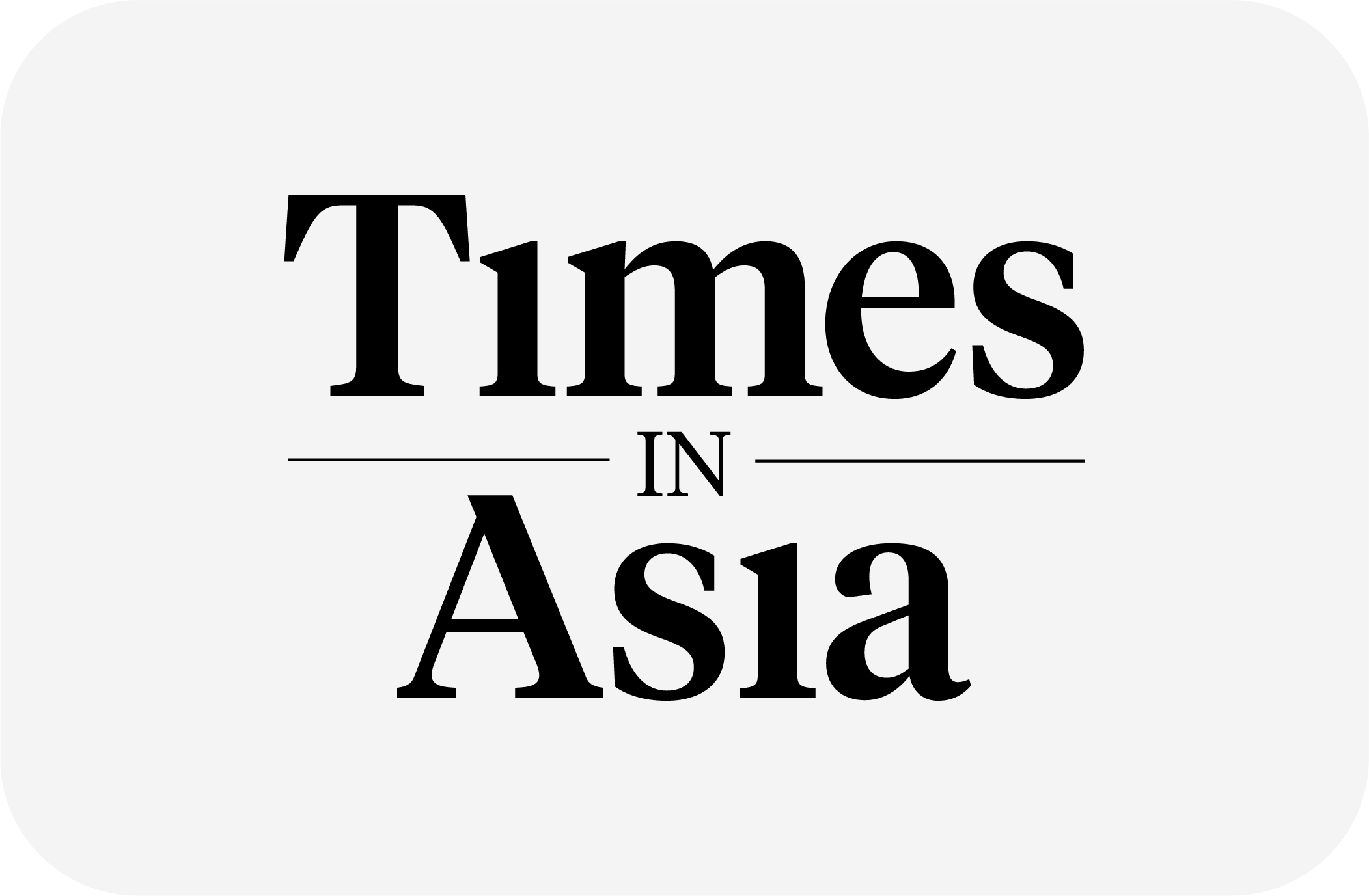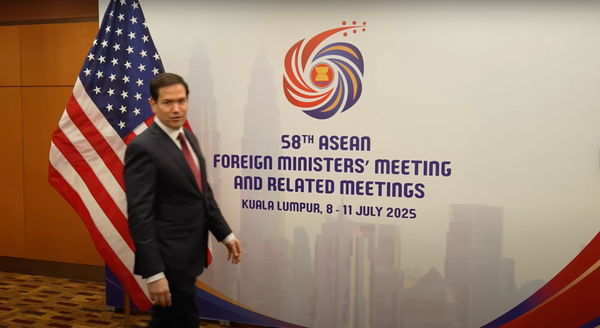
Philippine digitalisation push exceeds payment targets, expands rural outreach
The Philippine Department of Trade and Industry launched new outreach programmes on 19 July to accelerate digital adoption among micro, small and medium-sized enterprises and improve access to online services.
The campaign supports Manila’s whole-of-government strategy to boost digital inclusion, expand e-payments and improve rural broadband access. The latest initiatives, delivered through the MSME Bayanihan Caravan and the DigitallyNation programme, are backed by the Bangko Sentral ng Pilipinas, the Philippine Department of Information and Communications Technology and local governments.
Digital payments exceed central bank targets
Digital payments accounted for 57.4% of retail transactions in 2024, the Bangko Sentral ng Pilipinas said in its e-payments report published on 15 May. The figure exceeded the central bank’s 52–54% target under the Digital Payments Transformation Roadmap.
Government-to-person payments were 97.2% digital, one of the highest rates in Southeast Asia. Merchant payments reached 42.5%.
Philippines trails regional peers in merchant-level digital uptake
Despite strong adoption for public disbursements, the Philippines lags ASEAN counterparts in merchant transactions. Only 42.5% of merchant payments were digital in 2024, compared to 61% in Thailand and 58% in Malaysia, according to central bank data and the e-Conomy SEA 2024 report by US firms Google and Bain and Singaporean state holding Temasek.
Singapore has the highest digital payment penetration in ASEAN, with more than 90% of consumers using e-wallets or PayNow-linked services. Indonesia exceeded 50% in 2023, driven by platforms such as OVO, DANA and GoPay. Vietnam reached 50% of non-cash transactions in 2023 through QR code standardisation and e-invoicing mandates, and is targeting 80% by 2025.
Broadband, digital tools reach rural MSMEs
The Philippine Department of Information and Communications Technology said it had deployed 2,655 free public Wi-Fi sites across Luzon, Visayas and Mindanao (i.e. nationwide) under its Broadband ng Masa programme. The scheme targets geographically isolated and disadvantaged areas.
The Philippine Department of Trade and Industry said it would expand its provincial outreach to all 82 provinces by early 2026. The rollout will equip micro, small and medium-sized enterprises with digital toolkits, training and connectivity support and build on its existing network of Digital Transformation Centres and local market digitisation pilots.
ASEAN alignment, World Bank support
The Philippine digitalisation roadmap aligns with the ASEAN Digital Masterplan 2025 and the Philippine Development Plan 2023–28, which prioritise smart infrastructure, MSME competitiveness and digital public services.
The World Bank said in a July update that digitalisation would reduce inequality and expand regional economic opportunity. The bank has supported broadband reform, the national ID rollout and shared telecoms infrastructure initiatives in the Philippines.
The World Bank’s Philippines Digital Economy Report said digital adoption among MSMEs rose from 50% to 59% during the pandemic. However, uptake remains constrained by infrastructure gaps, fragmented platforms and weak rural coverage. The Philippine Department of Information and Communications Technology is streamlining infrastructure permit processes and reviewing market liberalisation options, including tower-sharing incentives.
E-commerce outlook strong despite onboarding gaps
The Philippines is one of Southeast Asia’s fastest-growing digital economies, with e-commerce forecast to reach USD 24bn by end-2025, digital infrastructure firm Equinix said. The country, population 115mn, has more than 73mn online shoppers, driven by domestic fintech platforms such as GCash and Maya.
Analysts said merchant onboarding remains fragmented outside urban centres. Expanded QR code usage, stronger point-of-sale infrastructure and improved rural broadband will be needed to close the regional gap.

